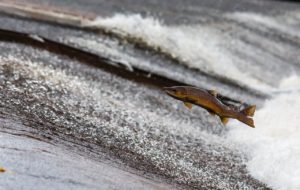 RainBank Rainwater Systems has broken through the barriers that have restricted rainwater collection as an approved water source for single family residences in Skagit County.
RainBank Rainwater Systems has broken through the barriers that have restricted rainwater collection as an approved water source for single family residences in Skagit County.
With the instream flow rules, many property owners in the Skagit River Basin were unable to develop their properties. WA State Department of Ecology encouraged Skagit County to adopt the practice as a solution that would benefit the river and salmon habitat, while providing a viable water source. Limited permitting for the affected areas was considered as recently as 2015.
A group of residents from Guemas Island petitioned the county to accept rainwater for potable use for homes that were experiencing salt water intrusion in their wells. RainBank Rainwater Systems, along Tim Pope, ARCSA educator and past president, met with Skagit County in January 2017 to encourage acceptance of potable rainwater collection as a viable alternative source, not only in the instream flow rules affected areas but to those who are experiencing other hardships regarding potable water.
RainBank Rainwater Systems is pleased with the recent design approvals from Skagit County for potable residential RWC systems outside the instream flow rules, allowing for more property owners in Skagit County. We look forward to assisting Skagit County residents with their dreams of developing or purchasing properties with limited water resources.

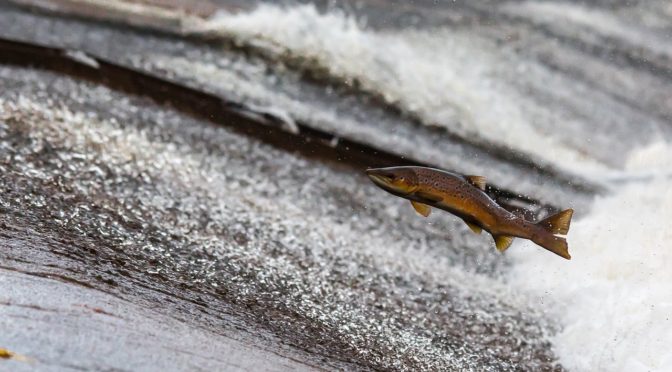
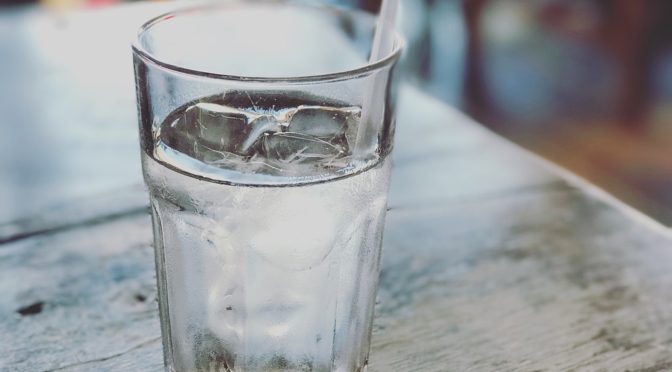
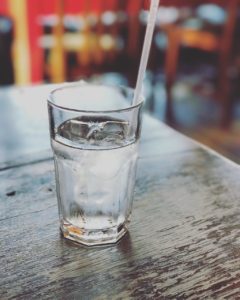 Whether your rainwater harvesting system is for non-potable or potable use, there are key factors that dictate the quality of that collected water and the success of your system. Collection surfaces should be compatible with intended usage. While an asphalt shingle roof may lend itself for collection of a non-potable demand, a baked enamel, metal roof would be preferred for potable use.
Whether your rainwater harvesting system is for non-potable or potable use, there are key factors that dictate the quality of that collected water and the success of your system. Collection surfaces should be compatible with intended usage. While an asphalt shingle roof may lend itself for collection of a non-potable demand, a baked enamel, metal roof would be preferred for potable use.
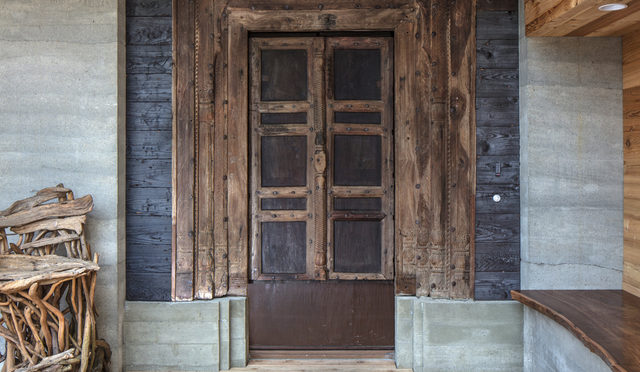
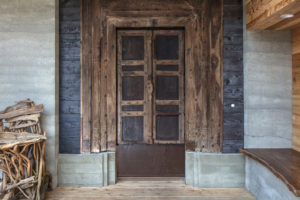 Seattle based RainBank Rainwater Systems is a proud participant in the construction of the greenest residence in the country.
Seattle based RainBank Rainwater Systems is a proud participant in the construction of the greenest residence in the country.